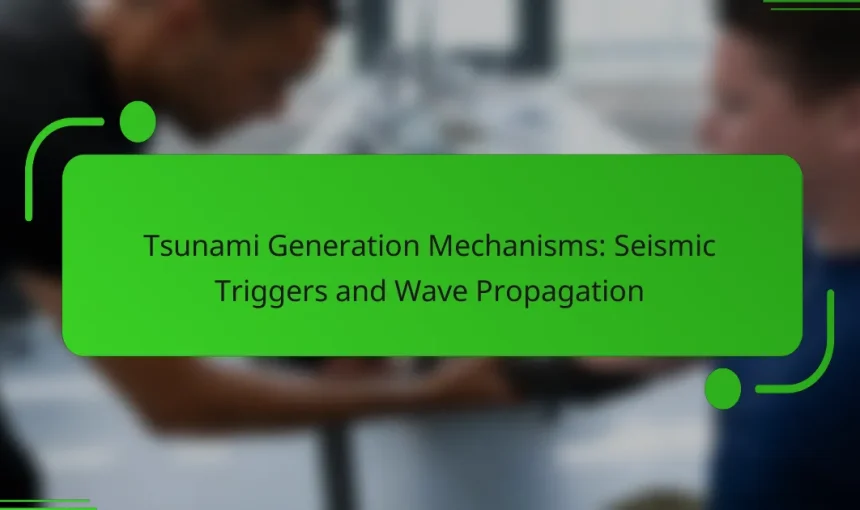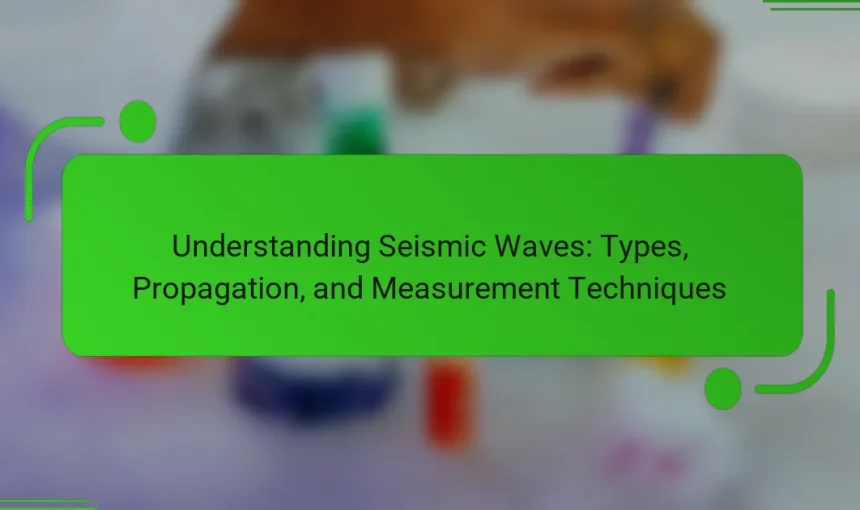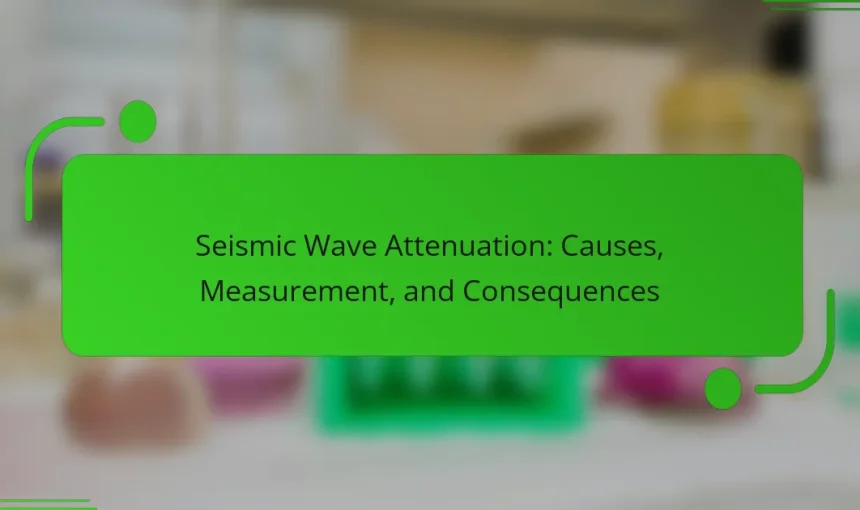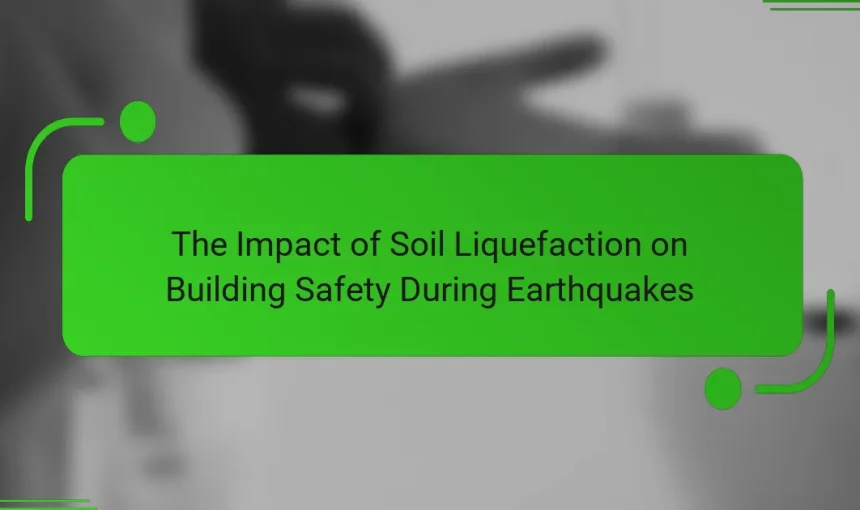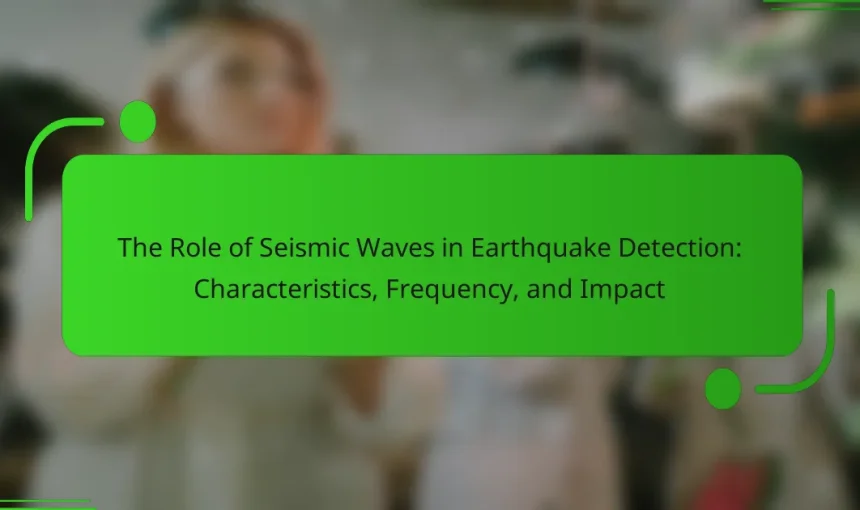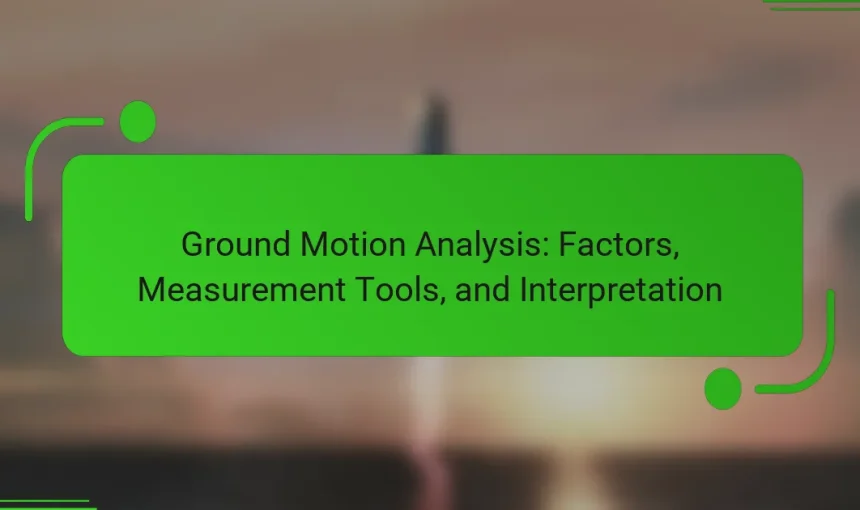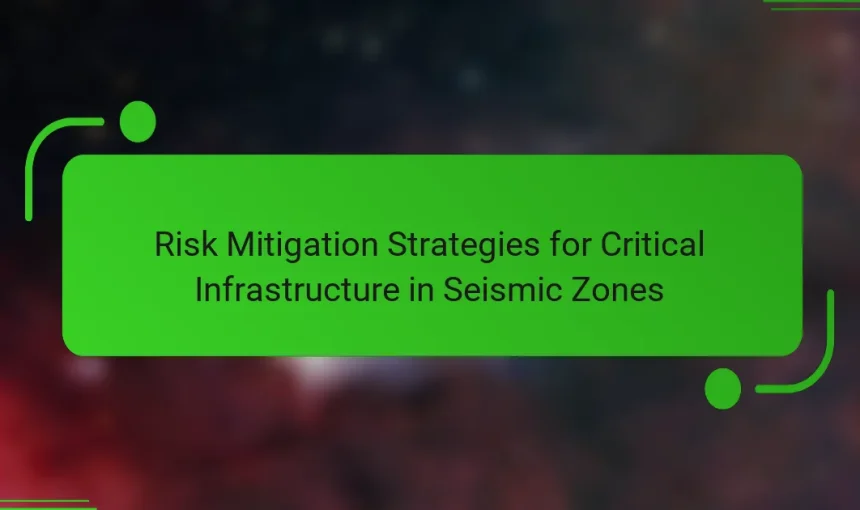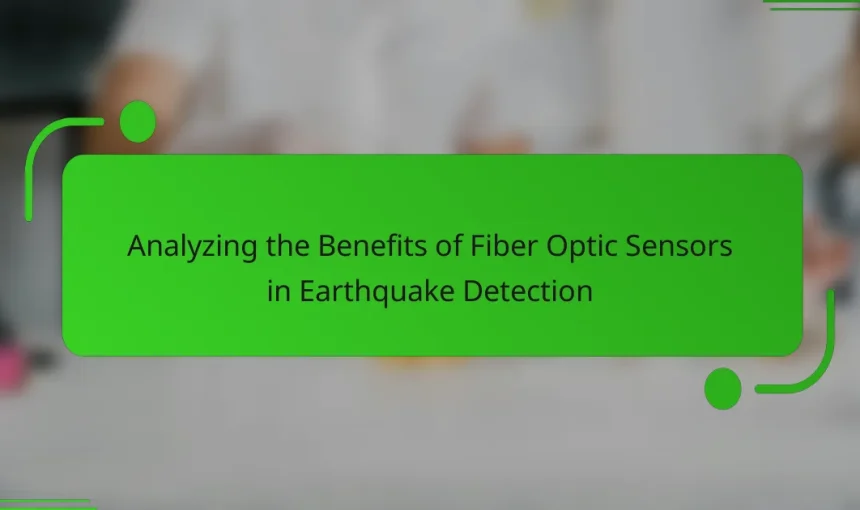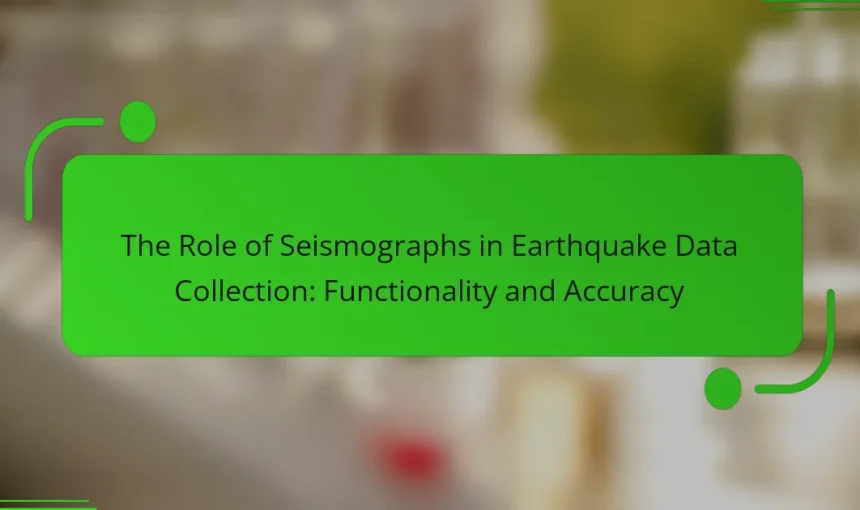Tsunami generation mechanisms encompass the processes that produce tsunamis, primarily through underwater earthquakes, volcanic eruptions, and landslides. Underwater earthquakes are responsible for approximately 80% of tsunamis, displacing large volumes of water and creating waves that can travel across vast ocean distances. This article examines the dynamics of tsunami wave propagation, highlighting the speed and height […]
Seismic waves are energy waves generated by geological events such as earthquakes and volcanic eruptions, traveling through the Earth’s layers. They are classified into two main types: body waves, which include primary (P) waves and secondary (S) waves that propagate through the Earth’s interior, and surface waves that travel along the Earth’s surface. The propagation […]
Seismic Vulnerability Assessment is a process that evaluates the susceptibility of buildings and infrastructure to damage from earthquakes. This assessment identifies structural weaknesses and failure points using various methodologies, including visual inspections, analytical modeling, and empirical studies. Key techniques involve qualitative and quantitative assessments, fragility curves, and dynamic analysis to estimate potential impacts and prioritize […]
Seismic wave attenuation refers to the reduction in amplitude of seismic waves as they travel through the Earth, influenced by factors such as energy absorption by geological materials and wave scattering from structural irregularities. This article explores the causes of seismic wave attenuation, including the impact of different rock and fluid types on wave behavior. […]
Soil liquefaction is a critical phenomenon that occurs when saturated soil loses its strength and stiffness during an earthquake, resulting in dangerous ground instability. This process can lead to severe structural damage, as buildings may tilt, sink, or collapse when the soil beneath them behaves like a liquid. Historical earthquakes, such as those in Niigata […]
Seismic waves are energy waves generated by the sudden release of energy in the Earth’s crust, primarily during earthquakes. These waves are classified into two main types: primary (P) waves, which are faster and can travel through solids and liquids, and secondary (S) waves, which are slower and only move through solids. Additionally, surface waves […]
Ground Motion Analysis is the examination of how seismic events influence structures through ground vibrations and movements. This process involves the use of measurement tools such as seismographs and accelerometers to gather data on seismic activity, which is crucial for designing earthquake-resistant buildings. Key factors impacting ground motion include seismic source characteristics, site conditions, and […]
Risk mitigation strategies for critical infrastructure in seismic zones encompass structural reinforcement, retrofitting, and comprehensive emergency response planning. These strategies aim to enhance the resilience of buildings and bridges against seismic forces, guided by local building codes. Effective implementation involves thorough risk assessments, stakeholder engagement, clear communication plans, and regular training for emergency responders. Challenges […]
Fiber optic sensors are advanced devices that use light transmission through optical fibers to monitor environmental changes, particularly in earthquake detection. These sensors measure variations in strain, temperature, and pressure along the fiber, allowing for real-time monitoring of seismic activity. Their high sensitivity enables the detection of minute ground movements, making them effective for early […]
Seismographs are specialized instruments designed to measure and record ground motion during seismic events, such as earthquakes. They operate by detecting vibrations and consist of a mass attached to a fixed base, allowing them to capture accurate data on the magnitude, depth, and location of seismic activities. This information is critical for earthquake research, safety […]
